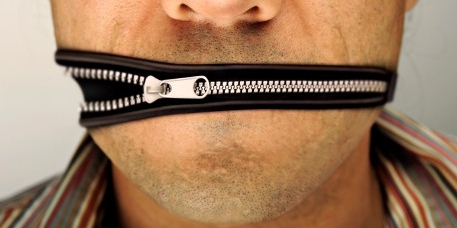
For example, if an automobile is damaged in a collision, the amount of damages recoverable is limited to the loss in value of the vehicle and is not measured by the cost of repair. For that reason, it is typical that a vehicle with a low value will be totaled instead of repairing the vehicle when the cost of repair exceeds the value of the vehicle.
In the recent case of Kimes v. Grosser (2011) 195 Cal.App.4th 1556, a cat owner sued his neighbors for costs incurred after the neighbors allegedly shot and injured the cat. The cat, which was described as an adopted stray of very low economic value, required extensive medical treatment resulting in costs of approximately $36,000.00. The plaintiff sought to recover these costs from the neighbors, though the neighbors argued that their liability was limited to the amount by which the shooting reduced the cat’s fair market value.
The trial court granted the defendants’ motion at the outset of trial, limiting the measure of damages of the pet owner to the diminution in value of the cat, as opposed to the out of pocket medical expenses incurred in saving the cat. The plaintiff pet owner declined to proceed with the action, effectively conceding that the cat had no economic value that justified the expenses of the trial. As a result, the trial court entered a judgment of dismissal and the plaintiff appealed.
The Court of Appeal in Kimes reversed the judgment of dismissal, determining that the pet owner could recover the costs of care of the pet if the costs were found to be reasonable and necessary. While the court noted that pets are considered property of their owners, the court held that the general rule limiting recovery for damage to personal property to the diminution in value did not apply in a case where the property has no market value, citing Willard v. Valley Gas & Fuel Co. (1915) 171 Cal. 9. In Willard, the court held that where property has no market value, the general rule limiting recovery to the loss of that value cannot apply and the value of the property must be ascertained in some other “rational way”.
The court in Kimes concluded that the plaintiff was not seeking to recover an unsupportable amount of damages, but was instead seeking to present evidence of the costs incurred for the cat’s care and treatment by virtue of the shooting. As held by the court in Kimes, this was a “rational way” of demonstrating a measure of damages apart from the cat’s market value. The plaintiff was therefore entitled to have a jury determine whether the amounts that were expended for the cat’s care were reasonable. On their part, the defendants were left to argue that the actual costs incurred in medical expenses for the cat were unreasonable under the circumstances. The court in Kimes finally concluded that because pets are considered to be property of the owner, Civil Code section 3340 authorized the plaintiff to seek a recovery of punitive damages.
The lesson to be learned from the holding in Kimes is that even a stray cat may have significant economic value in a circumstance where substantial costs are incurred to save the cat. As a result, neighbors should think twice before opening fire on another neighbor’s annoying pet.




